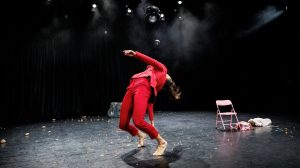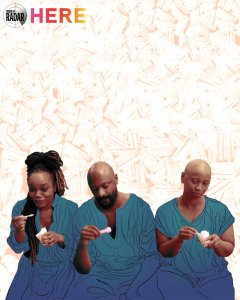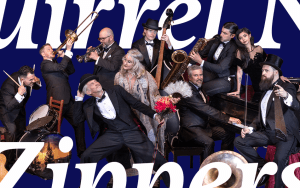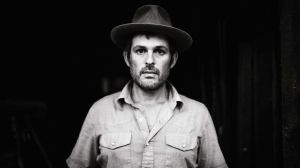
Tosca- The New York Philharmonic

About the Show
GIACOMO PUCCINI (1858-1924)
Tosca (1900)
Lorin Maazel, Conductor
Hui He, Soprano (Tosca)
Walter Fraccaro, Tenor (Cavaradossi)
George Gagnidze, Baritone (Scarpia)
Jason Grant, Bass-baritone (Angelotti)
Michael Wanko, Bass (Sacristan)
Peter Tantsits, Tenor (Spoletta)
Marcus DeLoach, Bass (Sciarrone/Jailor)
David Korn, Male soprano (A shepherd-boy)
New York Choral Artists, Joseph Flummerfelt, director
Brooklyn Youth Chorus, Dianne Berkun, director
Victorien Sardou’s play La Tosca–a vehicle for the legendary actress Sarah Bernhardt–was the "shabby little shocker" on which Puccini based his masterpiece: he had seen her performance in Milan and was irresistibly drawn to the subject. Two writers, Luigi Illica and Guiseppe Giacosa, jointly prepared the libretto, though Puccini’s unerring sense of drama insisted on cuts and reworking of the book that in less than two spectacular hours created one of the greatest of operatic masterpieces. Sex and violence encounter one another in a deadly mix in the characters of Floria Tosca, the opera diva, her lover, the painter Mario Cavaradossi, and the chief of police Baron Scarpia, one of the most vicious, vindictive, and lecherous villains in all of opera. Tosca’s three acts, three Roman locales, passion, jealousy, betrayal, revenge, and a glorious array of arias have enthralled audiences for over a century. The three menacing chords of Scarpia’s signature motif thrust the listener into the first act, set in the Church of Sant’ Andrea della Valle, where the escaped political prisoner Cesare Angelotti has come to hide, and where Cavaradossi is painting a portrait of a woman, of whom Tosca is baselessly jealous. The painter who has helped Angelotti escape is soon arrested.
Scarpia muses that Tosca will soon be his.
Act II, The Farnese Palace, Scarpia’s apartments–with adjoining torture chamber. While hoping to exchange Tosca’s favors for mercy towards Cavaradossi, Scarpia makes his move. The diva pretends to go along in order to save Cavarossi’s life and obtain a letter of safe conduct for them. To make it all work he must take part in a mock execution. In despair Tosca sings the show-stopping "Vissi d’arte, vissi d’amore" ("I lived for art, I lived for love"). In one of the most dramatic scenes in all of opera, she plunges a knife into Scarpia’s chest, wrests the safe conduct letter from his dead fingers, and places a crucifix on his chest and candles next to his body. Not realizing that she has already been betrayed, she steals away.
Act III, on a parapet of the Castel Sant’ Angelo. Tosca and Cavaradossi meet briefly before his "execution" and sing the glorious love duet that begins "E lucevan le stelle" ("The stars were shining"). He defiantly and confidently faces the firing squad. (Warning: spoiler ahead.) But the soldiers fire and kill him. Tosca, failing to rouse her lover, discovers the betrayal and chooses to escape capture by jumping to her death. There are few moments on stage as magnificently shocking and shattering as the ending of Tosca.





